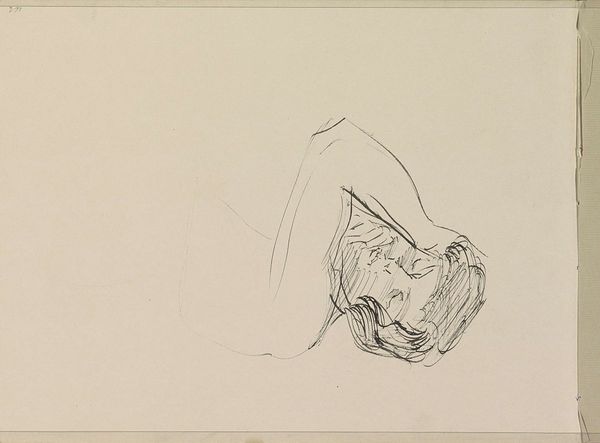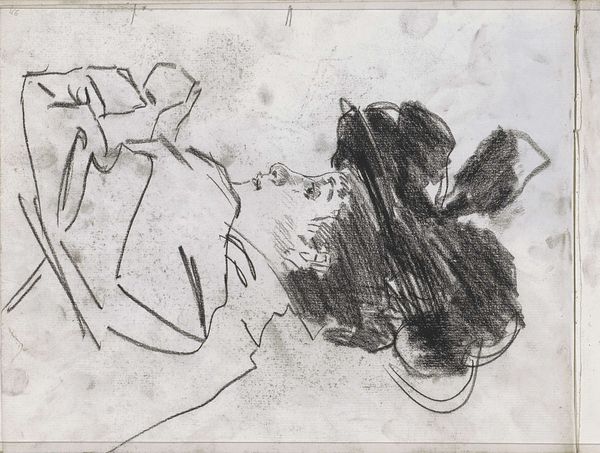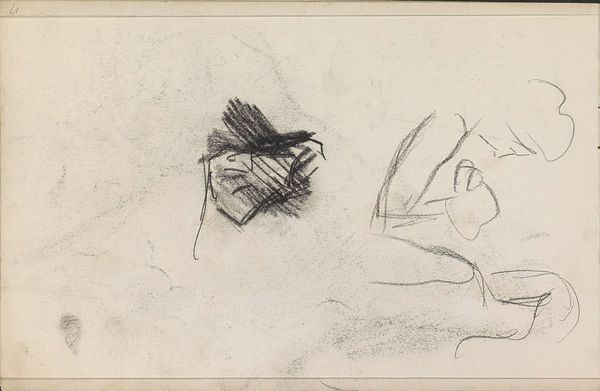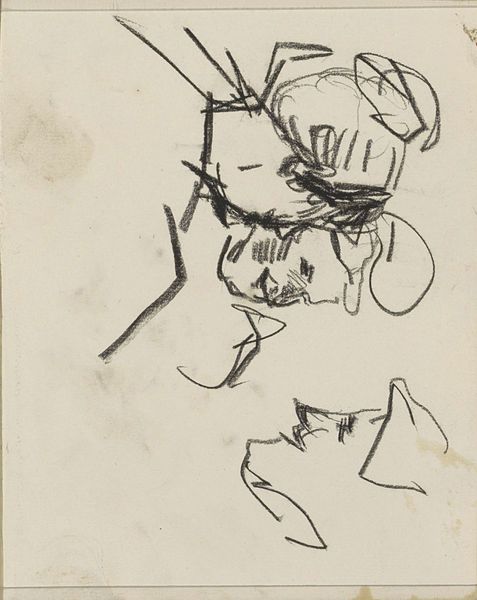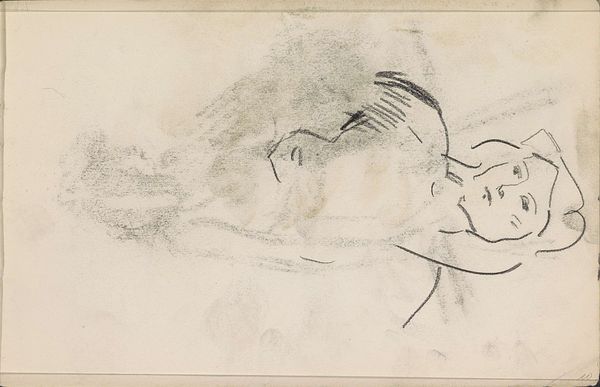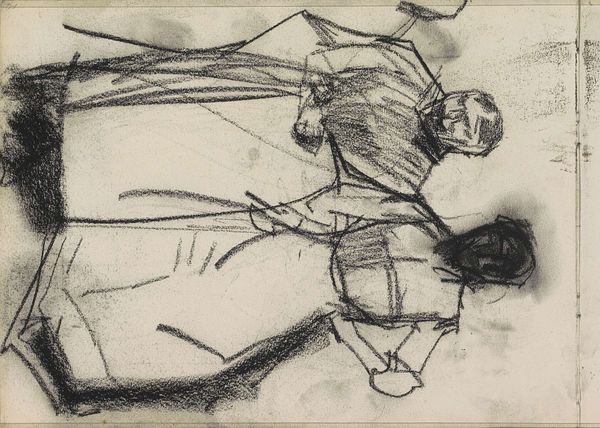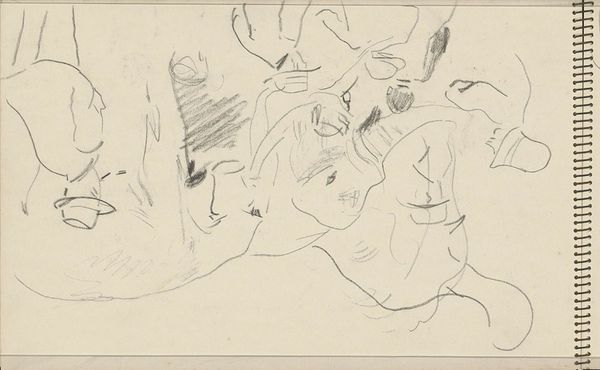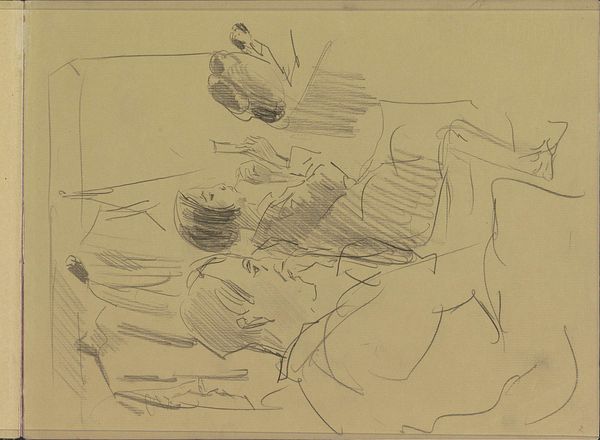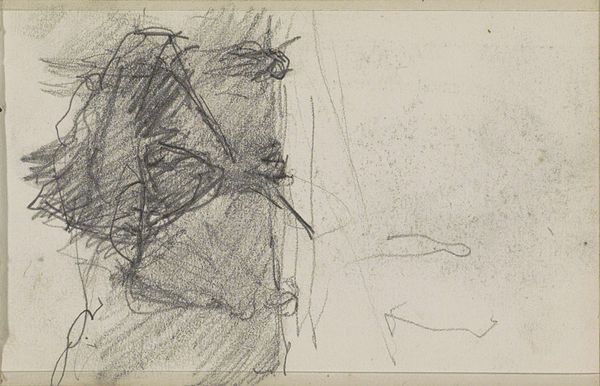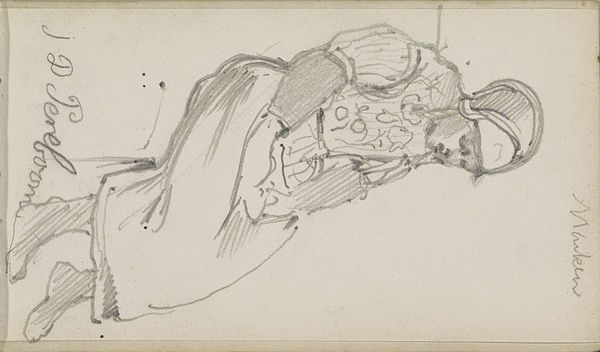
drawing, ink
#
drawing
#
art-nouveau
#
ink drawing
#
pencil sketch
#
figuration
#
ink
#
pencil drawing
#
watercolour illustration
Copyright: Rijks Museum: Open Domain
Editor: Here we have Carel Adolph Lion Cachet's "Vrouwenkoppen," or "Women's Heads," created around 1908. It's an ink and pencil drawing, and the immediate feel is kind of haunting because the sketch is quite raw and not at all idealized. What strikes you most about this piece? Curator: Oh, it speaks to me of secrets whispered in dimly lit rooms. The Art Nouveau influence is undeniable—that sinuous line quality, a dreamlike essence. But it’s more than pretty. I see the tension between vulnerability and a guarded interior life. Don't you find it fascinating how unfinished it feels? As though the artist captured fleeting impressions before they vanished? Editor: Absolutely, the unfinished quality does add to the ephemeral mood! Do you think the sketch-like aesthetic contributes to the interpretation that it’s based on first impressions rather than detailed study? Curator: Precisely. Think of it like catching smoke. Cachet is reaching for something beyond surface appearances. Look at how the lines are thick and decisive in some places, fading into almost nothing in others. It is as if they could dissolve away at any moment! Editor: I can see that now! What is so intriguing is the negative space and the intentional blurring. What sort of commentary, in your eyes, does this say on identity? Curator: Perhaps it hints at the fluidity of identity, the way we present different faces to the world or the fleeting nature of perception itself. Cachet isn't presenting definitive portraits but impressions, echoes of female presence. How might that play with the idea of "woman" as a construct during that era, I wonder? Editor: It’s fascinating how much can be interpreted from something so seemingly simple. I definitely look at it with a more informed gaze now. Curator: And I'm now pondering its echoes in contemporary works dealing with feminine identity. It's always a reciprocal learning curve.
Comments
No comments
Be the first to comment and join the conversation on the ultimate creative platform.

